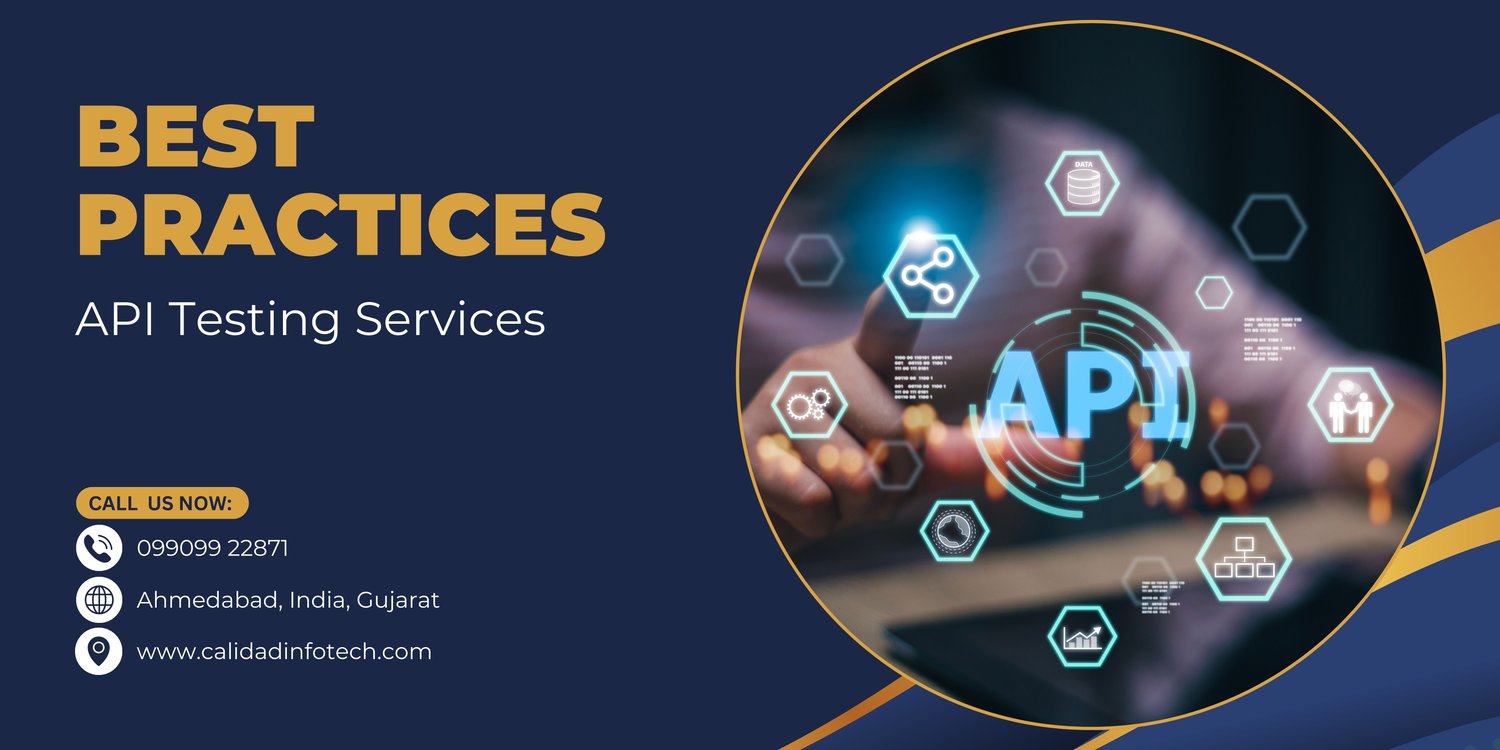
What Are the Best Practices for Effective API Testing Services in 2024?
In 2024, as the demand for interconnected applications grows, so does the importance of effective API testing. Plenty of strategies and practices will make the whole process resourceful for users. So, let’s explore the best practices for API testing services that can help maintain robust, reliable, and scalable systems.
Defining Clear Testing Objectives
Set clear goals. Your objectives for API testing will guide the design of your test cases. The objectives may be to verify data accuracy, assess security and performance, or ensure compatibility between platforms.
Automate Wherever Possible
Manually testing large applications can take a long time. Automating repetitive tasks simplifies them and ensures uniform tests. Teams can build and execute tests on a large scale using automated API testing frameworks such as Postman, Swagger, or Rest Assured.
Use Mock Services for Testing Early
The testers can simulate API responses and perform early testing before the entire backend has been developed. By incorporating mock services into their testing strategy, teams can reduce dependency and speed up the testing process.
Data-Driven Testing Ensures Comprehensive Coverage.
APIs work with large amounts of data. Using different data sets, you can test multiple scenarios and ensure that your API handles all inputs properly. The data-driven approach helps verify API behavior in diverse situations, increasing test coverage and decreasing the chance that edge cases will slip through unnoticed.
Validate Responses To Ensure Accuracy.
Test an API's responses. Verify not only the data but also headers, status codes, and response times. It is a good idea to set acceptable response and performance standards benchmarks. Postman and Insomnia tools are excellent for validating API response accuracy.
Include Load Tests
APIs with high traffic are at a higher risk of performance issues, particularly in finance or social media industries. The API is tested under heavy load to see how it performs. This helps teams better understand their limits and improve performance.
Implement Security Testing
APIs are tested for security to ensure that data is protected and privileges of access are maintained. Data breaches can be detected and prevented using techniques such as vulnerability scanning, penetration testing, authorization and authentication checks, and security scans. In 2024, it is advised to use API security tools such as OWASP's ZAP and Burp Suite.
Use Reusable Tests To Optimize Your Testing
Reusing test cases is essential, mainly when they are similar across multiple projects. Ensure that your test cases are modular and reusable to make them easily adaptable to different APIs or environments. This will save you time and reduce the amount of redundancy.
Continuously Monitor And Improve
API testing should not be a single-time event. Monitor the API regularly in the production environment and update the test cases when the API changes. The continuous monitoring enables teams to identify problems and make improvements based on actual usage.
You Should Invest In A Reliable Testing Partner Like Calidad Infotech
It is essential to have the correct tools as well as expertise in order to implement these best practices. Calidad Infotech, a trusted API service provider, can help streamline this process. The experienced testers and advanced tools ensure that APIs will be reliable and secure and meet modern performance requirements.
Conclusion
To test APIs effectively in 2024, you will need a strategic plan, the correct tools, and an ongoing commitment to improvement. Following these best practices will help organizations ensure their APIs provide consistent and high-quality performances. Investing in rigorous API testing service that will be secure and reliable so your applications can deliver efficient, seamless, and secure services.
